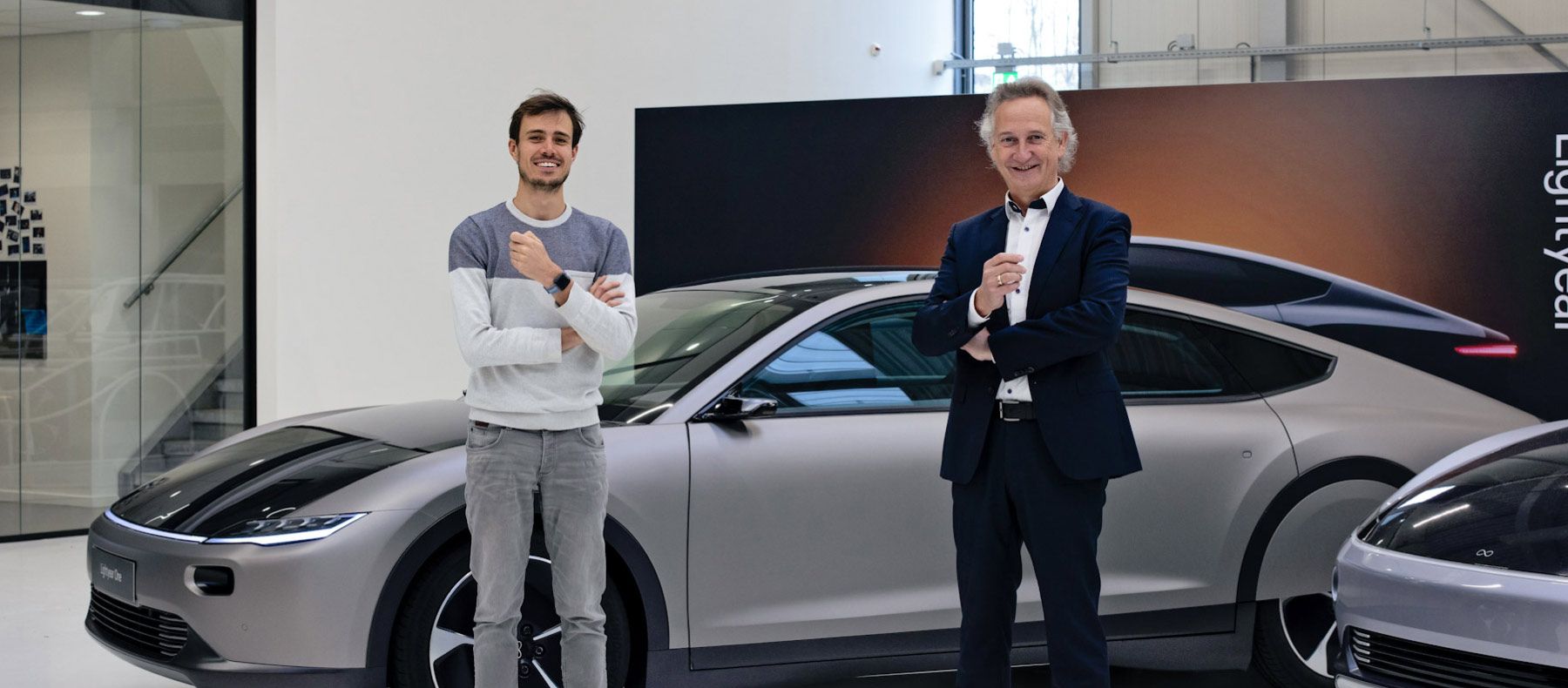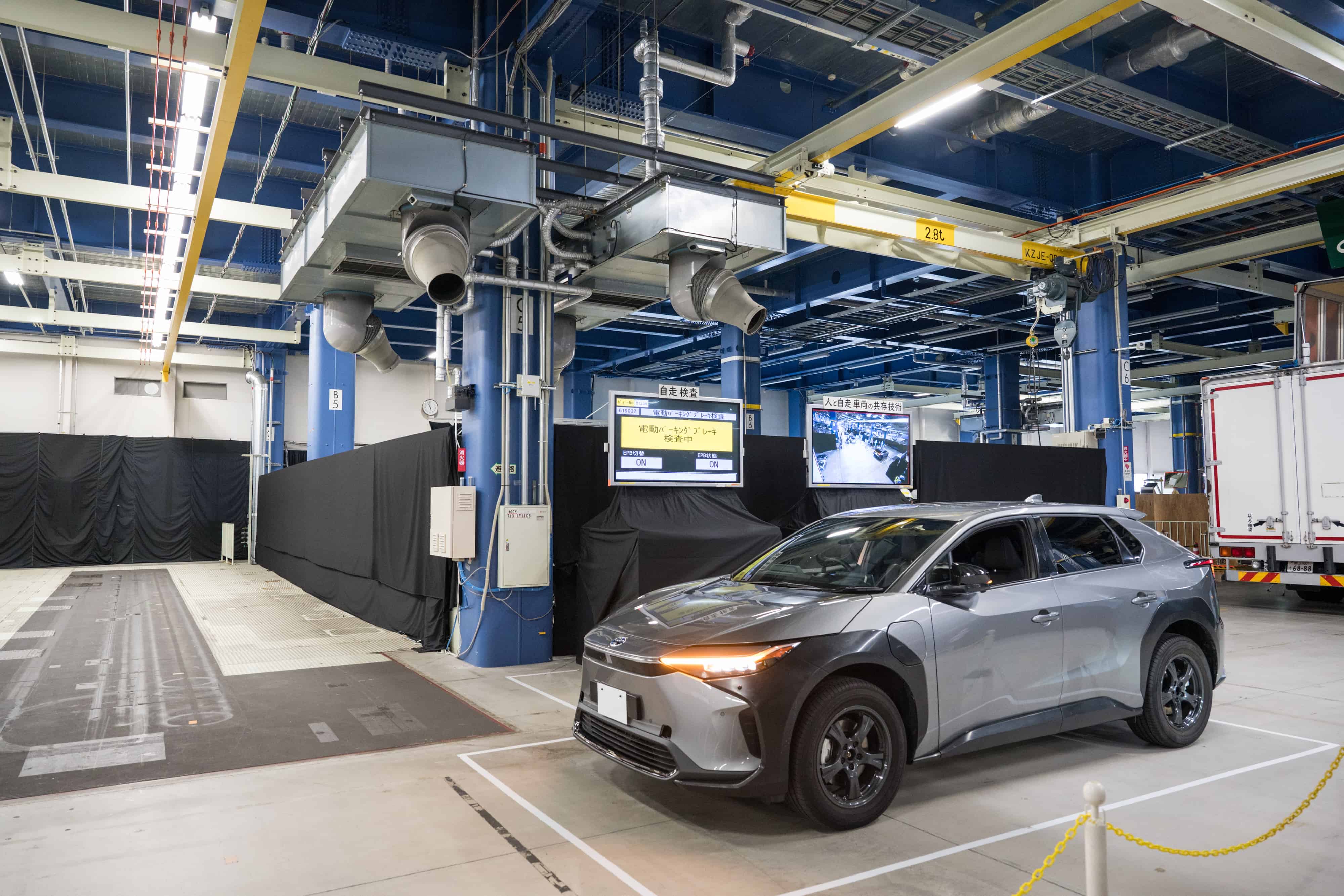
Former SAAB engineers at NEVS have secretly developed the advanced NEVS Emily GT electric vehicle in just 10 months, boasting a 1,000 km range and unique in-wheel motor technology. The project, which involved 350 people, resulted in a 480 hp Grand Tourer with torque control on each wheel and a spacious interior. The in-wheel motor technology provides a balance between comfort and driving pleasure, even surpassing the Porsche Panamera and Taycan in some aspects. Despite the project being put on hold due to the 2020 crisis at NEVS owner Evergrande, NEVS CEO Nina Selander hopes that parts of the Emily GT project can be rescued and brought to production. The company is open to interested parties for potential deals around the project.
A glimpse into SAAB’s history
Swedish airplane manufacturer SAAB began producing vehicles in 1949 and expanded to the US in 1956, where its sales peaked at over 47,000 in 1986. General Motors acquired SAAB in 2000, but the relationship ended due to the 2008-2009 financial crisis. Dutch automaker Spyker bought SAAB in 2010, but the company declared bankruptcy in December 2011. National Electric Vehicle Sweden (NEVS) purchased SAAB’s assets in 2012 and eventually came under the ownership of Chinese real estate giant Evergrande Group in 2019.
Just after Evergrande’s entry into the automotive industry they became entangles in China’s property market crisis, which led to NEVS ceasing product development in April 2023. Meanwhile Peter Daul, a former senior SAAB engineer and current NEVS program director, led the secret electric car project known as NEVS Emily GT.
Emily GT’s unique in-wheel motor technology
NEVS Emily GT is powered by four 120-hp electric motors, resulting in a total of 480 hp. An updated version of the vehicle is expected to have 653 hp and 2,200 Nm (1,622 lb-ft) of torque, with a 0 to 60 mph (0 to 100 km/h) time of just 3.2 seconds. The in-wheel motor technology, which integrates an electric motor into each wheel and converts electrical to mechanical energy without gears, significantly improves vehicle efficiency.
Compared to traditional electric cars with two electric motors for four-wheel drive, the Emily GT’s in-wheel motors are more energy-efficient. The vehicle is described as having unique balance and driving pleasure, with a spacious interior and more room for the battery than conventional electric cars. This allows NEVS to include a 175 kWh battery, giving the Emily GT a range of over 1,000 km.
In-wheel motor development
Lightyear, a Dutch solar electric vehicle manufacturer, also used in-wheel motor technology in their flagship vehicle, the Lightyear 0. Lightyear and Elaphe, a world leader in in-wheel powertrains, co-developed the world’s most efficient production powertrain, achieving 97% efficiency. This minimal energy loss through heat directly contributed to the Lightyear 0’s energy performance. However, Lightyear stopped production of the €250,000 solar-powered EV after only three months.

While both the NEVS Emily GT and Lightyear 0 utilized in-wheel motor technology to improve vehicle efficiency, this technology has yet to make it into mainstream production cars.
The Future of NEVS Emily GT
With NEVS Emily GT’s advanced technology and impressive performance, many hope that parts of the project can be salvaged and brought to production. NEVS CEO Nina Selander expressed that the Emily GT is too good and too modern a car to be left unrealized, and the company is open to interested parties for potential deals around the project.
Despite the challenges faced by NEVS and the uncertain future of the Emily GT, the project stands as a testament to the innovation and determination of the former SAAB engineers who created a groundbreaking electric vehicle in just 10 months. As the automotive industry continues to evolve and embrace sustainable technologies, the Emily GT could very well become a reality, setting new standards for electric vehicles worldwide.







